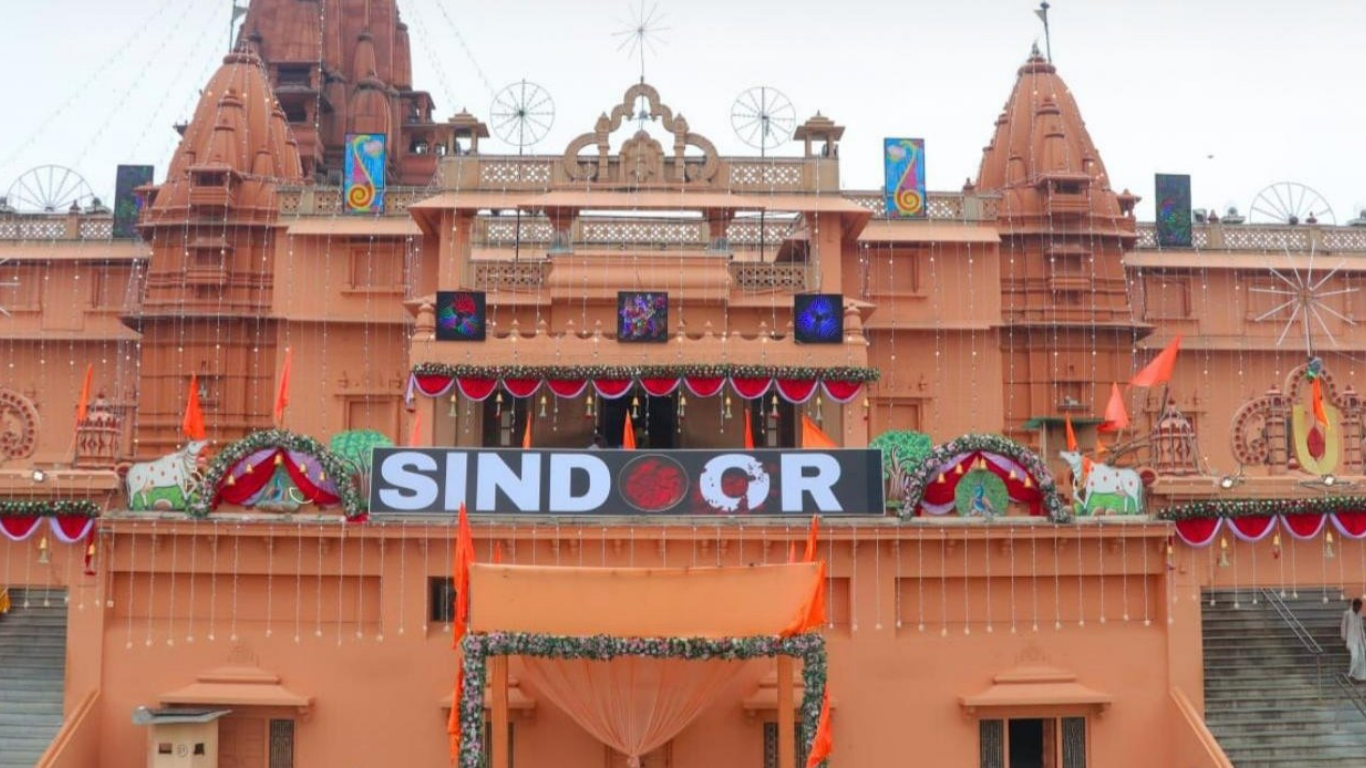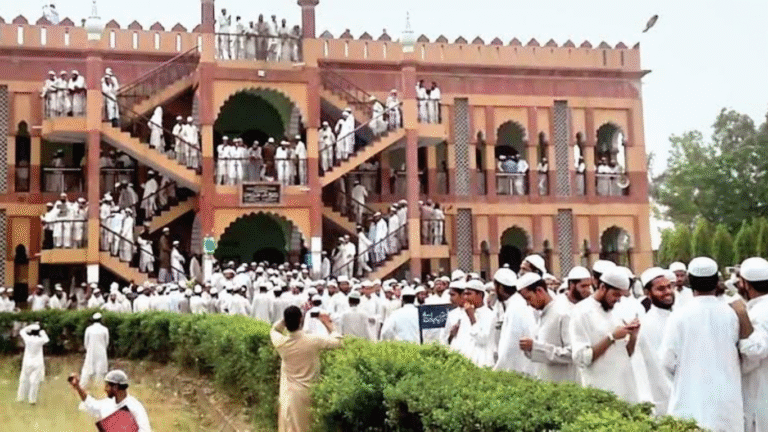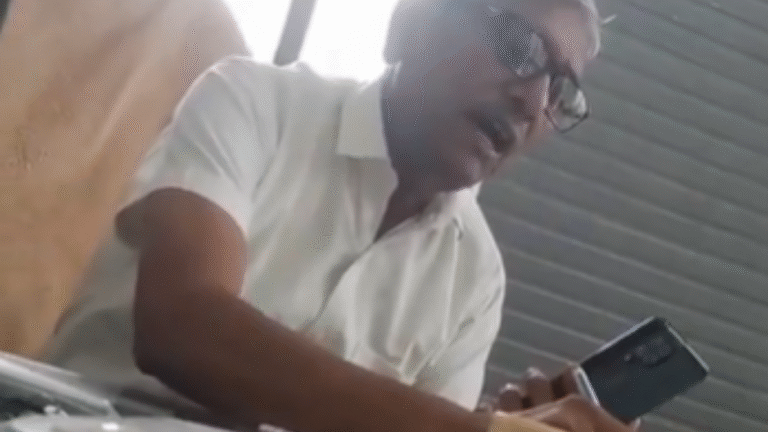
When someone asks, “Mathura kahan hai?” they’re usually curious about a place that’s more than just a dot on the map. Mathura, a small city in Uttar Pradesh, India, sits on the banks of the Yamuna River, about 160 kilometers south of Delhi. It’s one of India’s holiest spots, famous as the birthplace of Lord Krishna, a central figure in Hinduism. This ancient city hums with stories, temples, and festivals that draw pilgrims and travelers from all over. If you’re wondering where Mathura is, it’s not just a physical location—it’s a window into India’s spiritual and cultural soul. From its vibrant ghats to its lively markets, Mathura offers a mix of devotion and history that feels alive. Whether you’re planning a visit or just want to know more, let’s walk through what makes Mathura special, where it is, and why it matters.
Where Exactly Is Mathura Located?
Mathura lies in western Uttar Pradesh, roughly a two-hour drive from Delhi via the Yamuna Expressway. It’s about 50 kilometers north of Agra, home of the Taj Mahal, and 10 kilometers from Vrindavan, another Krishna-linked town. The city sits at coordinates 27.49°N, 77.67°E, nestled along the Yamuna’s western banks. It’s part of India’s Braj region, a cultural hub tied to Krishna’s life. You can reach it easily by road—buses and taxis run regularly from Delhi, Agra, or Jaipur. Trains connect Mathura Junction to major cities like Mumbai, Kolkata, and Chennai, making it a key stop on India’s rail network. The nearest airport is in Agra, but Delhi’s is more practical for international travelers. Mathura’s layout is compact, with narrow lanes leading to temples and ghats like Vishram Ghat, where Krishna is said to have rested. Its location makes it a perfect add-on to a Golden Triangle tour (Delhi-Agra-Jaipur). Beyond maps, Mathura’s real pull is its spiritual vibe—every corner feels tied to Krishna’s childhood tales, from cowherds to divine miracles.
The Spiritual Importance of Mathura
Mathura is a big deal for Hindus because it’s where Lord Krishna was born over 5,000 years ago, according to ancient texts like the Mahabharata. Known as one of the seven holiest cities in Hinduism, it’s called a “tirtha”—a place that can cleanse sins and bring you closer to the divine. The Shri Krishna Janmabhoomi Temple, built around Krishna’s birthplace, is the heart of the city. Devotees believe visiting here can lead to moksha, or freedom from the cycle of rebirth. Mathura’s air is thick with devotion—temples like Dwarkadhish and Gita Mandir echo with prayers and bhajans. The Yamuna River adds to the sacredness; bathing in its ghats is thought to purify the soul. Festivals like Janmashtami, Krishna’s birthday, turn the city into a colorful celebration with plays, dances, and midnight prayers. Mathura isn’t just for Hindus—its peaceful energy draws people of all faiths who want to soak in its history. The city’s role in shaping Vaishnavism, a major Hindu tradition, makes it a living link to India’s spiritual past. Walking here, you feel the weight of centuries of faith.
History and Cultural Heritage
Mathura’s story goes back thousands of years, making it one of India’s oldest cities. Archaeological finds, like statues and coins, show it was a thriving hub as early as 600 BCE. It was a key center for Buddhism and Jainism too, with ancient stupas and monasteries unearthed nearby. The Kushan Empire, around the 1st century CE, made Mathura a hotspot for art—think detailed stone carvings now in museums. Later, it became a focal point for Krishna worship, with temples popping up over centuries. The city saw invasions, like Mahmud of Ghazni’s in the 11th century, but its spirit bounced back. Mughal rulers, including Akbar, showed respect by supporting local traditions. Today, Mathura’s culture shines through its festivals, food, and crafts. Try peda, a sweet milk fudge, or watch artisans paint Krishna-themed art. Holi here is wild, with colors and music filling the streets. The city’s mix of Hindu, Buddhist, and Jain influences makes it a cultural treasure chest. Visiting feels like stepping into a living history book, where every temple and ghat tells a story of resilience and faith.
Top Places to Visit in Mathura
Mathura is packed with spots that blend spirituality and history. Start at Shri Krishna Janmabhoomi Temple, believed to mark Krishna’s exact birthplace—it’s busy but powerful. Nearby, Vishram Ghat is perfect for a quiet moment by the Yamuna, especially during evening aartis. The Dwarkadhish Temple, with its stunning architecture, hosts lively prayers and festivals. Don’t miss the Government Museum, packed with ancient sculptures from the Mathura School of Art, showing the city’s Buddhist and Hindu past. Kusum Sarovar, a short drive away, is a serene tank surrounded by Krishna legends and old sandstone structures. For a deeper dive, head to nearby Vrindavan to see temples like Prem Mandir or Banke Bihari. Mathura’s ghats—there are 25—offer boat rides with views of temples and sunset prayers. If you’re into history, the Jama Masjid, built in the 17th century, shows Mathura’s diverse past. Each spot feels alive with stories, so take your time. A guide can help explain the myths behind each place. Whether you’re spiritual or just curious, these sites make Mathura unforgettable.
Practical Tips for Visiting Mathura
Planning a trip to Mathura? It’s easy to navigate but needs some prep. The best time to visit is October to March—cool weather makes exploring temples and ghats comfortable. Summers get brutally hot, and monsoons can flood streets. Stay in budget hotels near Vishram Ghat or splurge on places like Brijwasi Royal for comfort. Trains and buses from Delhi or Agra are cheap and frequent; book tickets early for Janmashtami, when crowds swell. Once there, auto-rickshaws or cycle rickshaws are great for short hops, but bargain first. Dress modestly—cover shoulders and knees, especially at temples. Shoes come off at most sacred sites, so carry socks if you’re squeamish. Food is a highlight—grab peda from Brijwasi Sweets and try local chaat. Be cautious with street food to avoid tummy troubles. Pickpockets can be an issue in crowded spots, so keep valuables close. Respect temple rules—no photos inside some shrines. A boat ride on the Yamuna costs about ₹200-500; go at dawn for calm vibes. Mathura’s safe but hectic, so stay patient and soak in the chaos. It’s a place that rewards an open heart and curious mind.



